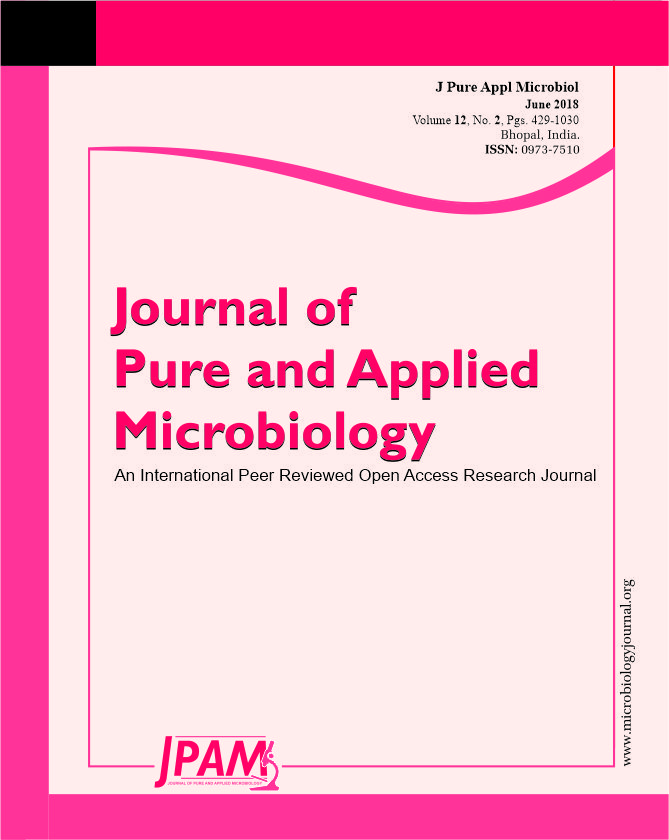The aim of this work was to investigate total phenolic and flavonoid content, antioxidant properties and to assess antimicrobial activities of three different extracts from Polycephalomyces nipponicus TBRC 6537 mycelia. The 50% (v/v) aqueous methanol extract was found to have the highest total phenolic content, while methanol extract exhibited the highest total flavonoid content. Water and methanol extracts showed the strongest DPPH radical scavenging activity. In addition, water and 50% (v/v) aqueous methanol extracts had stronger ABTS radical scavenging activity than that of methanol extract. The antimicrobial activity of each extract was quantified by determining minimum inhibitory concentrations (MICs), minimum bactericidal concentrations (MBCs) and minimum fungicidal concentrations (MFC) against five human pathogenic bacteria and one human pathogenic fungus. The water extract was found to have the strongest activity against Escherichia coli, Staphylococcus epidermidis, Bacillus cereus and Candida albicans. Furthermore, aqueous methanol extract exhibited strongest activity against Staphylococcus aureus with the lowest MIC and MBC. The methanol extract had moderate antimicrobial activity against Pseudomonas aeruginosa, whereas the aqueous methanol and water extracts did not inhibit growth. This study has revealed that P. nipponicus TBRC 6537 mycelia extracts might be a useful source of natural antioxidant and antimicrobial compounds for the pharmaceutical industry.
Antioxidant activity, Antimicrobial activity, Insect pathogenic fungus, Polycephalomyces nipponicus
© The Author(s) 2018. Open Access. This article is distributed under the terms of the Creative Commons Attribution 4.0 International License which permits unrestricted use, sharing, distribution, and reproduction in any medium, provided you give appropriate credit to the original author(s) and the source, provide a link to the Creative Commons license, and indicate if changes were made.


